Flipped Learning
Turning Workforce Education on its Head
While traditional training methods put teaching at the centre of education, Flipped Learning is an innovative approach that puts learning at the forefront. Dennis Lamberti, of The Learning Studio, explains how Flipped Learning is revolutionising education, particularly for the South African workforce.
Traditionally, the training of adults in the workplace has taken the form of routine, eighth-hour teaching in a classroom setting. These individuals are often being taught with outdated PowerPoint lectures and bulky training guides. In this set-up, the learners are passive consumers of the course material, rather than active participants.
This might have worked for past generations, but to survive in today’s competitive marketplace, these old-fashioned methods need an uplift in content and delivery methods, so that companies can up-skill their staff effectively and efficiently. That’s where Flipped Learning comes in.
What is Flipped Learning?
A relatively new concept in South Africa, Flipped Learning is defined as a teaching approach that reverses the traditional ‘classroom’ scenario and moves direct instruction from the group learning space to the individual learning space.
As such, learners engage with the course material individually, at their own pace, and then come together to work through the material in a group learning environment.
Through Flipped Learning, the group learning space is transformed into a dynamic, interactive learning environment where the educator guides the learners and delves deeper into the subject matter. In this space, the students apply the learning concepts and engage creatively with the course material.
How Does it Work?
Media-rich, interactive lessons are created by education providers, and placed onto a Learner Management System (LMS). These lessons will be accessible via a desktop computer, laptop or a mobile device, and are available anywhere, at any time.
The learners can work through the lesson at their own convenience, and then, on completing the lesson, they will put the learning into practice by completing the workbook exercises. These exercises can be self-marked by downloading the model answer sheets.
Once the learner is confident in their ability, they can move onto the official assignments. Throughout this process, the learner has access to support via forums, where fellow learners can discuss related topics and the online facilitator can help with any queries.
The learners will then come together for regular ‘classroom’ lessons. It is in this environment that they will but their learning into practice. This is a chance for in-depth discussion around the material, as well as around the more difficult concepts. The facilitator will be involved as a facilitator, as well as there to assist learners with anything they might be struggling with.
The Benefits:
1. Retain your millennials
Young adults, the Millennials, are a tech-savvy generation that are constantly connected and focused on their laptops, smartphones and tablets. Their loyalties are known to fluctuate and they are more likely than past generations to jump ship if they are not satisfied with their current work culture. The Flipped Learning model is a great way to keep young adults in the workforce engaged; teaching and upskilling them in a way that is appealing and effective.
2. Improve efficiency
By replacing the class instructional time with online instructional modules (e-learning, embedded videos, downloadable course notes) the trainers can maximise their in-class session by having a prepared group of learners who can contribute, with knowledge, to the discussion. This results in far more meticulous learning.
3. Improved company’s profitability
Traditionally, in-class sessions waste precious company time and are far more expensive due to the printed learning materials and extended lecture time that is needed. Flipped Learning minimises this time and because your workforce is constantly learning and improving, and are able to refer back to their online training with ease. They will be far more effective in the workplace. This empowered, well-trained workforce improved the company’s bottom line.
4. Anytime, anywhere
Leaners can access the learning materials on-demand, whether at work or at home. This allows learners to digest the information at their own pace. This also fosters independent learning, allowing the learner the individualised attention that they wouldn’t get from a traditional lecture or classroom-style learning environment.
Technology has changed the way we work and play, and it is now changing the way we learn. Flipped Learning is a multifaceted, highly-effective approach to learning that is set to become common practice in classrooms, lecture halls and workplaces across the country.
